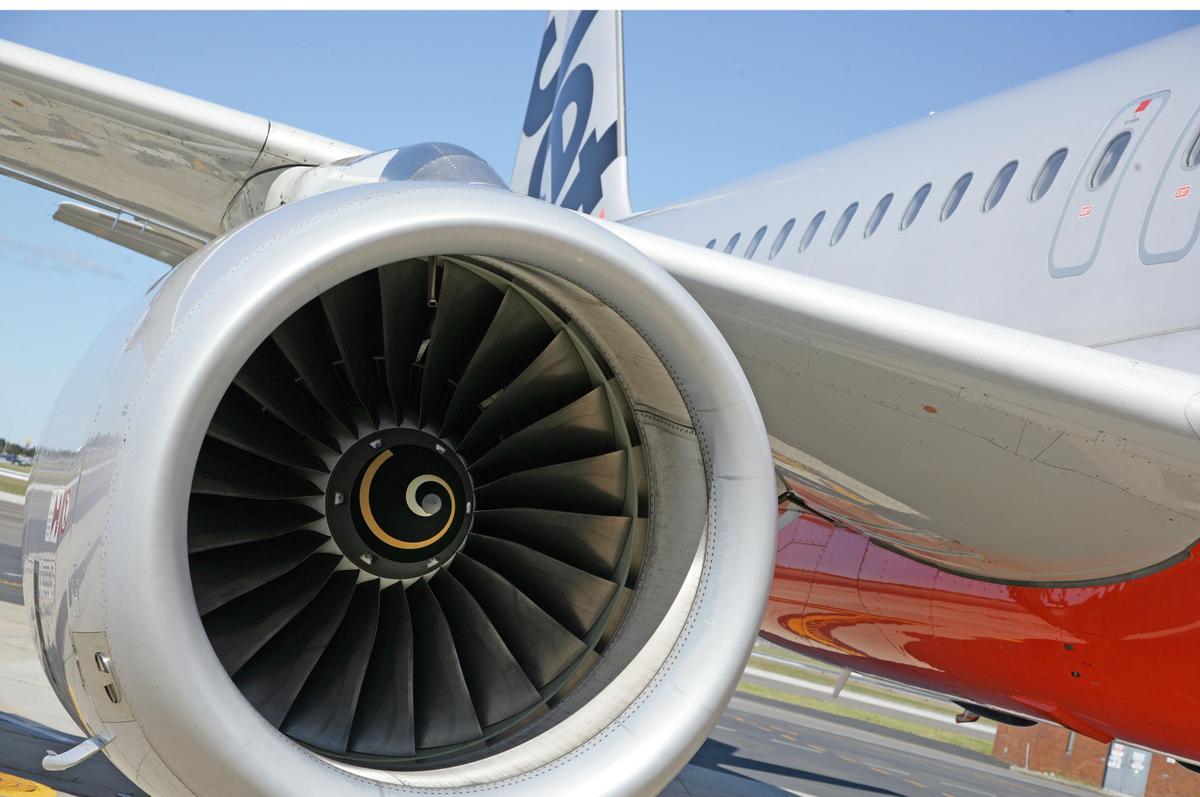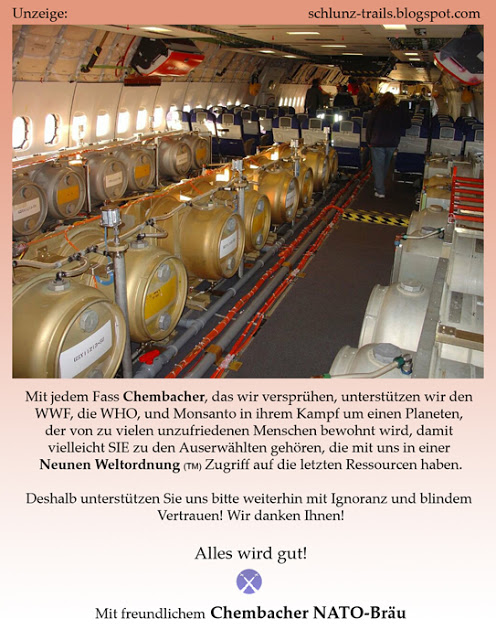Bitteschön
:)
"Engine Description and Operation
The V2500 turbofan engine is a two spool, axial flow, high bypass ratio turbofan engine. It has a
single stage fan, a four stage Low Pressure (LP) compressor (booster) and a ten stage High Pressure
(HP) compressor. The LP compressor is driven by a five stage LP turbine and the HP compressor is
driven by a two stage HP turbine. It is equipped with a Full Authority Digital Engine Control
(FADEC), which provides engine control and monitoring via a dual channel Electronic Engine
Control (EEC) unit, and this takes data inputs from dedicated engine sensors to monitor and control
the engine. The FADEC manages power according to two thrust modes; manual mode, where thrust
is computed depending on Thrust Lever Angle (TLA), and autothrust mode, where an Engine
Pressure Ratio (EPR) target is computed by the Flight Management and Guidance Computer
(FMCG). The EEC compares this EPR target with the actual EPR and, together with other engine
sensor data, calculates an error signal. The signal is then used to adjust the fuel flow and compressor
airflow in order to achieve the required EPR. Engine inlet pressure (P2) and total air temperature (T2) is measured by a 'P2T2' probe located
immediately ahead of the fan and on the upper inside surface of the engine inlet cowl, Figure 1."

"It has two independent electrical resistance elements which sense temperature. The EEC also takes
aircraft information from both the left and the right Air Data Inertial Reference Unit (ADIRU), of
which there are three fitted to the aircraft, and these units take data from two airframe mounted Total
Air Temperature (TAT) sensors. Under normal operating conditions, if all temperature sources are
valid, the engine is controlled using TAT values from the left ADIRU as the data source for ambient
temperature. Should there be a difference (beyond a given range) between this TAT and that sensed
by engine's P2T2 probe, then the TAT signal is rejected and individual engine T2 data is used. If the
engine's P2T2 probe signal is not valid (ie loss of signal or out of range), then the EEC uses the left
ADIRU TAT and automatically reverts to controlling N1 rather than EPR. N1 Mode is annunciated
to the crew by a Master Caution caption and an aural warning (single chime). However, should the
left ADIRU TAT not be valid, but the right ADIRU and engine's P2T2 probe are in agreement, then
the EEC will use the right ADIRU value."
Auf der Seite 5:
http://www.aaib.gov.uk/cms_resources.cfm?file=/dft_avsafety_pdf_032607.pdf Original anzeigen (0,6 MB)
Original anzeigen (0,6 MB) Original anzeigen (0,6 MB)
Original anzeigen (0,6 MB) Original anzeigen (0,6 MB)
Original anzeigen (0,6 MB) Original anzeigen (0,6 MB)
Original anzeigen (0,6 MB) "Engine Description and Operation
"Engine Description and Operation
fireflash schrieb:weiß jemand wie lange es die Chemtrails schon gibt bzw wann die ersten aufgetaucht sind?
Brogenluder schrieb: die gab es und gibt es und wird es geben, solange Flugzeuge Kerosin verbrennen. [Je sparsamer, desto ausgeprägter, im Übrigen.]
JohnDifool schrieb:Was haltet ihr davon?
